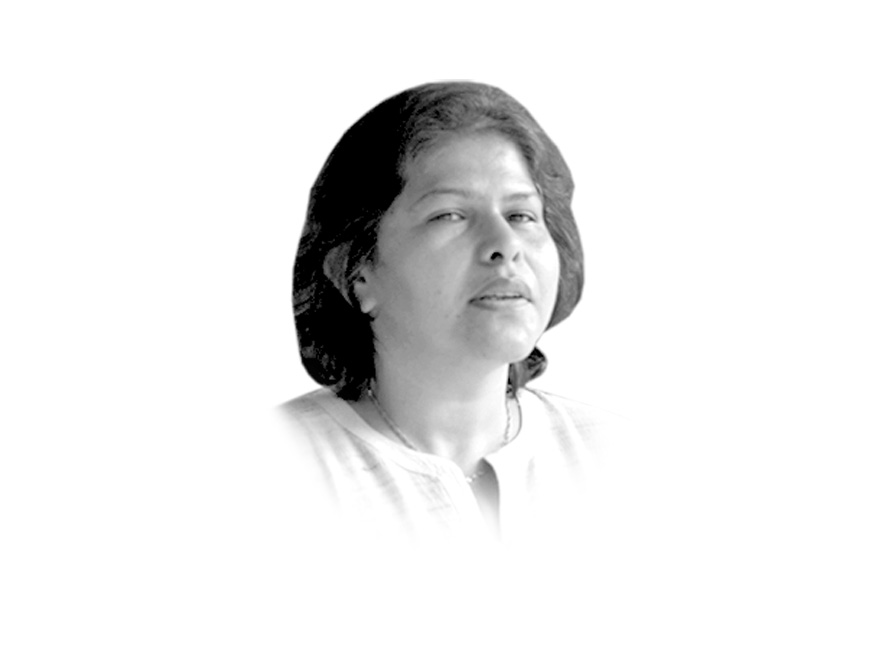
Flight safety is an important dimension that ought to be considered in the ongoing pilots' crisis in PIA. Thus far, the media seems to have depicted pilots as rogue elements that are punishing innocent customers and the government with unreasonable demands based on personal greed. Some recent reports highlight trouble that people have undergone due to what is wrongly being depicted as a pilot’s strike. The fact is that pilots are still flying, but for once are insisting on flying according to the book, which refers to the 2011-13 working agreement between the PIAC and Palpa. This is continuation (with some changes) of the 2009-11 agreement. This is the law that essentially governs relations between the pilots’ association and the airline, with the emphasis being on flight safety.
Flying according to rules means that pilots will not push their working limits. The current aviation management seems to be forcing pilots to work longer hours to meet the shortage of pilots, which in itself seems quite artificial. On an average, pilots are expected to fly an extra hundred hours, which means increased stress. The problem, unfortunately, appears to have arisen due to inadvertent bad planning, but it is most likely that it was deliberate. While there is a lot of excitement over the fact that the current government has inducted around 17 new aircraft (approximately five ATR-72s and 11-12 A320s with 777s in the pipeline), there is a shortage of approximately 130 pilots that can make these aircraft operational. The above-mentioned agreement is sacrosanct as far as specifying how many sets of crews ought to be used for a specific number of hours of duty.
It is also important to point out that this is not a new problem but something that had been happening over time. It was being ignored by both the aviation managers and the Palpa executive committee. Some pilots would even argue that the association’s senior management, in the past, had compromised on principles to negotiate personal gains and to get their own violations condoned. But the current problem is no longer just about the senior executives, but about the entire bunch of pilots. This is not just a simple matter of someone’s personal greed and the need for an increase in pay or lack of willingness to work. It is about important issues regarding operations of an airline that are critical in determining how safely we reach our destinations. More importantly, this pertains to the larger question of the future of PIA.
What the media has failed to highlight is the fact that there is a serious gap between induction of planes and the required training. According to the available record, there has been no new training with regard to the use of any equipment (aircraft) since early 2015. This is despite the government indicating a need to hire over 20 pilots for the 777s in April/May of this year. Why is it that approximately 65 cadet pilots have been sitting at home for almost five years and have not been put to work, or why some of the air-worthy 737s were grounded, or why postings and promotions in the airline do not follow specified agreement and rules, are questions worth asking. The fact that younger pilots are not being brought in and senior ones not trained according to schedule or forced to work longer hours mean that very soon there will be a shortage of flying crew, which the new aviation management may not want to address at all or only fill through short-term contracts.
There seems to be an over-emphasis on getting rid of pilots, either to re-hire them on shorter contracts or to replace them altogether. The government would have ordinary folk believe that perhaps cost-cutting in this manner in an airline is the same as reducing expenses in a sugar or steel mill. The media has also not pondered over problems created by short-term contracts or an insecure work environment in the airline industry. The 2010 crash of the Air Blue plane in Islamabad is a case in point. While the PIA flight diverted to Lahore that day due to bad weather, the Air Blue pilot tried to land the plane and thus crashed into Margalla hills. The fear of retribution by the owners for incurring the additional cost of diverting the plane forced the pilot to push the envelope way too far. There are many similar accidents in aviation history that indicate how insecurity blurs minds. It is also worth remembering that despite many other problems, PIA’s flight safety record is pretty okay. The increased violations, particularly of articles three (planning and scheduling policy), four (training), five (promotion, transfer, foreign posting and route assignment), six (leave entitlement) and 12 (discipline and investigation) of the said agreement are not a simple matter.
The gap between induction of new aircraft and the required training on their use can only be rationalised as part of a plan to eventually put the airline up for sale. While getting new aircraft would attract potential buyers, the latter would not want permanent staff that may be exhausted. Why else would the airline and the general aviation management adopt a management style the Punjab government is best known for — keep favourites in positions of authority beyond the specified rules and fire anyone and anything according to whims.
Let’s also not forget that the current aviation management represented by the prime minister’s special assistant on aviation symbolises conflict of interests. He is currently responsible for several organisations, including the Civil Aviation Authority, the PIAC, the Airport Security Force and the Meteorology department. Heading the first two organisations simultaneously means that the gentleman is both judge and jury, as well as the one being judged.
If the intention is to sell PIA, then it should be done through a more transparent method than the one currently being adopted.
Published in The Express Tribune, October 8th, 2015.
Like Opinion & Editorial on Facebook, follow @ETOpEd on Twitter to receive all updates on all our daily pieces.

1730959638-0/trump-(19)1730959638-0-165x106.webp)











COMMENTS (13)
Comments are moderated and generally will be posted if they are on-topic and not abusive.
For more information, please see our Comments FAQ